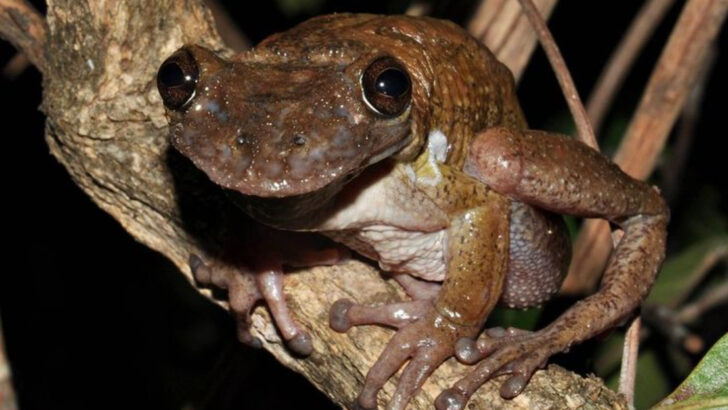Most frogs just want to chill on a leaf, snack on bugs, and avoid being eaten. But two frogs? They’re armed with venom—and they’re not hiding in some deep jungle of doom. They’re lurking in a place that might just surprise you. Forget dart frogs. They’re poisonous, sure—but they don’t inject anything. These two Brazilian oddballs take it to the next level. They don’t just sit there looking dangerous. They headbutt their enemies and inject venom through their skulls. Yes, you read that right. They weaponized their own faces. This isn’t some comic book villain origin story. This is nature going full madness in the swamps of South America, crafting frogs with toxic skull spikes sharper than your worst breakup. And the craziest part? Hardly anyone knows they exist.
Aparasphenodon brunoi
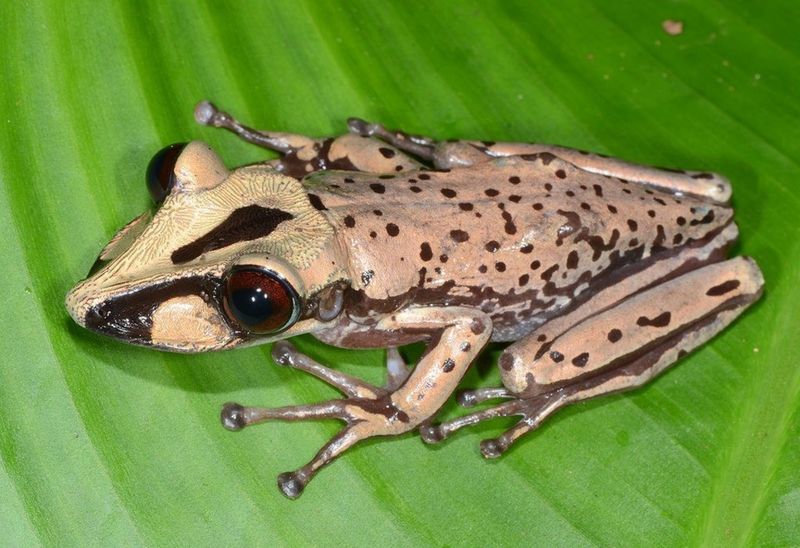
Bruno’s casque-headed frog, or Aparasphenodon brunoi, intrigues with its unique defense strategy. Imagine a tiny warrior, armed with bony spines on its head, able to deliver venom 25 times more toxic than a pit viper’s. This powerful toxin serves a crucial purpose. When threatened, the frog arches its head, injecting venom into its predator—a remarkable adaptation for survival. Found in Brazil’s lush Atlantic Forest, this frog’s vividly colored skin warns predators to stay away. Its venomous prowess and striking appearance make it a true marvel of nature’s ingenuity. Nature’s creativity knows no bounds with Bruno’s frog.
Corythomantis greeningi
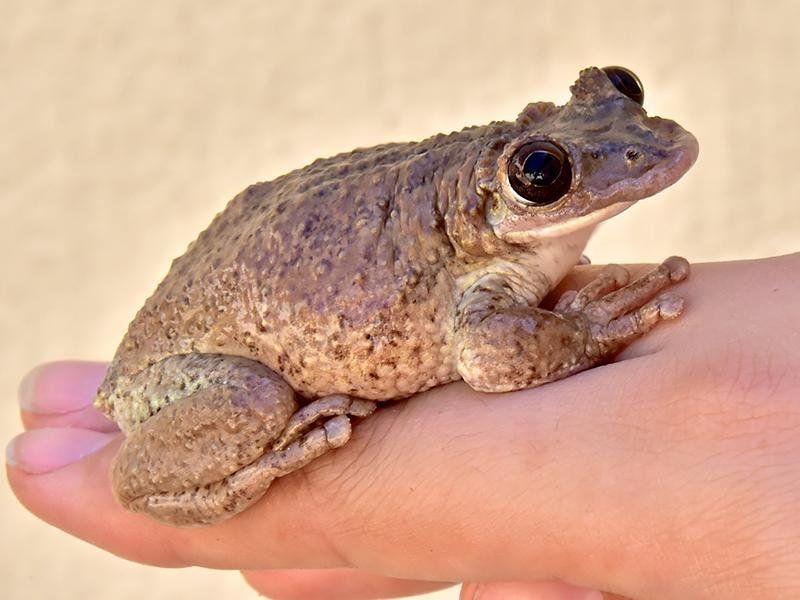
Greening’s frog, known scientifically as Corythomantis greeningi, is a master of surprise. Picture this: a frog that appears ordinary but hides a secret weapon in its bony skull spines. Found in Northeastern Brazil, it thrives in arid environments. Its venom isn’t as potent as that of Aparasphenodon brunoi, yet it can cause pain and inflammation in humans. This frog defends itself by headbutting predators, a tactic both unusual and effective. Its camouflage helps it blend seamlessly into its surroundings, a true testament to its adaptability. Greening’s frog embodies resilience in a challenging habitat.
Unique Venomous Defense Mechanism
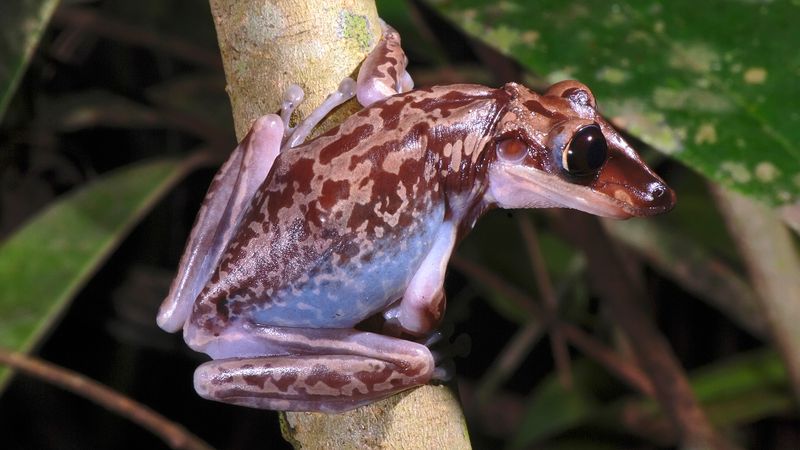
The concept of frogs wielding venomous abilities astonishes many. Unlike their poisonous cousins, Bruno’s casque-headed frog and Greening’s frog possess the extraordinary ability to inject venom. This adaptation is facilitated by specialized bony spines. With a strategic headbutt, these frogs can deter predators effectively. This trait underscores the diverse survival tactics in the animal kingdom. Interestingly, this venomous capability is rare among amphibians, highlighting the uniqueness of these frogs. Nature’s diversity is truly reflected in their evolutionary path. The intricacies of their venomous mechanism are as complex as the biology of the frogs themselves.
Poisonous vs. Venomous Frogs
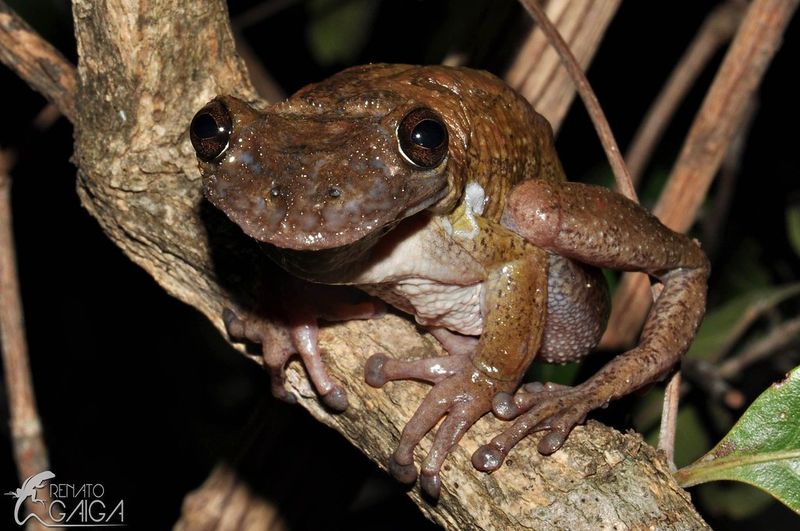
The world of frogs is bifurcated into poisonous and venomous categories. While many are poisonous, secreting toxins harmful if ingested or touched, only a select few, like Aparasphenodon brunoi and Corythomantis greeningi, are venomous. This means they actively deliver venom into another animal. The distinction is significant: venomous organisms inject toxins, while poisonous ones rely on passive defense. This rarity among amphibians makes them fascinating subjects of study. The evolutionary journey from passive to active defense mechanisms is a testament to nature’s ingenuity and adaptability. Understanding these differences enriches our appreciation of amphibian diversity.
The Rarity of Venomous Amphibians
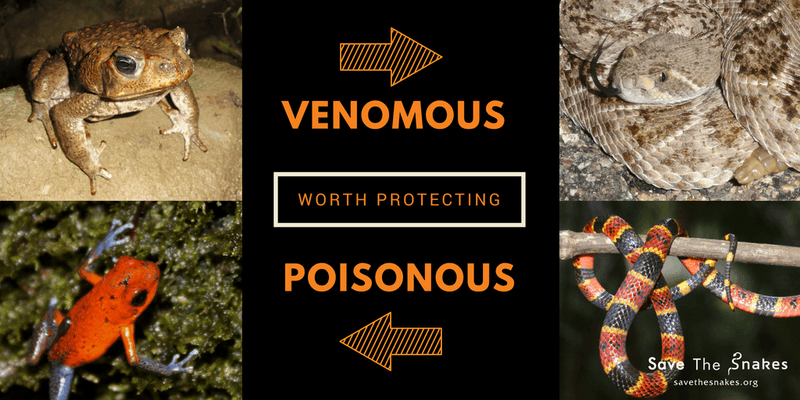
Amphibians are rarely venomous, making the few that are particularly intriguing. These venomous frogs, Aparasphenodon brunoi and Corythomantis greeningi, represent a minor fraction of amphibians with such capabilities. Their venomous nature is not only a survival tactic but an evolutionary rarity. This scarcity adds to their allure and scientific interest. Studying these frogs offers insights into evolutionary biology and adaptation strategies. Their presence in limited geographic regions further emphasizes their unique status. This rarity challenges our understanding of amphibian survival and ecological roles, sparking curiosity and further research into their niche existence.

